Most people may not look at gardening as a creative enterprise, but it can be in many ways. In fact, there is an entire world of gardening tips if you apply a little creative thought. For one thing, you know that necessity tends to be the mother of invention.
Many of the old-timers in gardening could tell you a few stories about home-grown solutions they came up with. That is just another aspect of gardening that makes it all the more pleasurable.
Indeed, if you join some of the larger gardening forums on the internet, you can spend hours reading all the creative ways people solve problems in the garden.
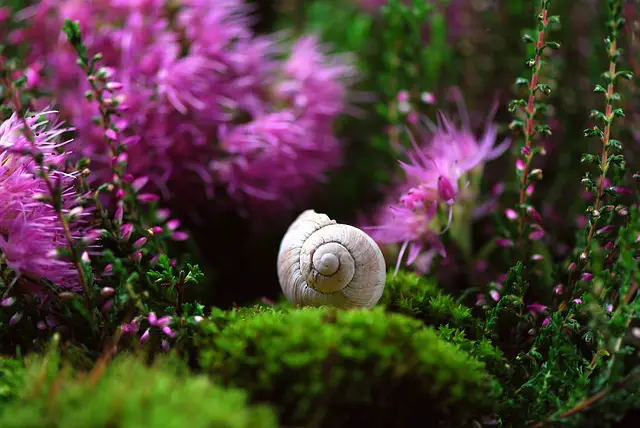
Check the Garden Frequently
Here is a straightforward gardening tip that can make for a fun and relaxing afternoon. We know because we have done this on more than one occasion. Sometimes when you are driving, you will notice someone’s garden that looks very nice. If possible, go check it out and see what is growing and how it is all laid out.
Of course, you will see some that are pretty standard even though the flowers are beautiful. But once in a while, you will come across something you have not seen before. The garden may have different strains and hybrids previously unknown, and you never know what you will discover.
Coordinate the Layout of Your Plants
You have to coordinate the layout of your plants with the sun’s daily track in the sky. You have to know where the sun will be hitting your flowers. That may become an issue if you have a mix of short and tall flowering plants.
So you want to make sure the mature plants that are shorter will have enough sun. You will surely be disappointed to discover the tall plants are providing shade where you do not want it. Another important layout decision involves leaving enough room for your plants to grow to full maturation.
Wide Row Vegetable Garden
If you do not have a lot of extra space on your property and have always wanted a vegetable garden, all is not lost. There is a relatively simple solution to this dilemma, and it is called the wide-row vegetable garden.
You do not need to have a long row, just one shorter and wider than a single row. If you want to grow carrots or beets, for instance, then you can make a wide row that is elevated about a foot or so.
You will still do your normal ground preparation but add some topsoil to attain the height. You will discover full and good size root vegetables in this manner.
The gardening tips above are not new or earth-shattering, but they are convenient and have served others well. Many of them would love to grow both flowers and vegetables. But perhaps they feel there is not enough space for the vegetables. That is why the wide-row vegetable strategy is such a great idea.
Jobs to do in Spring
- Fed your bulbs with high potassium (potash) fertilizer to encourage them to set flowers for next spring.
- Don’t cut their foliage off until it is brown and dead. If you do, then you won’t have flowers next year.
- Start incorporating compost and animal manure into your soil to improve its water-holding capacity.
- Make your lawn increase the oxygen content in it. This will also improve water penetration. You can buy hand corers from your local hardware store.
- Spring is also the time to feed your ornamental plants, especially roses, herbaceous perennials, and annuals.
- Once your plants have flowered, this includes native plants. It is time to cut them back. If you are unsure how much to take off, only remove 1/3 of the plant, and your plant will be okay.
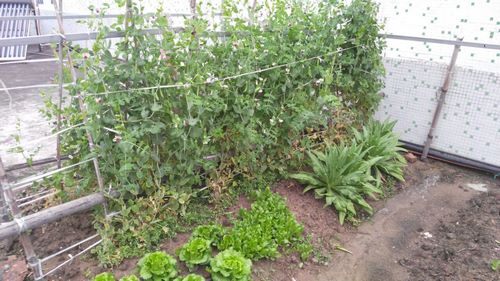
Winter – Coping with Frost
- Watch the weather forecast.
- Water the garden the night before. Wet soil is warmer than dry soil.
- Bring delicate plants inside the house if you can.
- Place light materials over your plants. It is better if you can take the weight off the plants by using stakes. Don’t use plastic.
- Water your plants before the sun rises. This slows down the thawing process. Rapid thawing is what causes damage to the internal cell walls.
Jobs to do in Winter
- If you are inundated with leaves, get some chicken wire and stakes, make a circle, secure it with the stakes, and put the leaves in. Add some blood and bone and water, and in 4 months, you will have lovely compost. Turning now and again will also help.
- Prune your roses and then spray the soil and stems with lime sulfur to try and kill fungal spores such as black spots. Make sure you don’t spray lime sulfur in spring. It will damage the new leaves.
- Clean and sharpen your tools. A job that everyone forgets about! Sharp tools make your job much easier in the garden.
- If you didn’t prune your hydrangeas in autumn, now is the time to cut them back. You won’t get flowers until the next year, so leave all the unflowered stalks (have candlestick points) as they are this year’s flowers.
- Winter is still a good time to move plants.
- At the end of winter, the dreaded job of checking that the watering system is a must. It can get blocked up with soil and insects.
Jobs to do in Autumn
- Early autumn, put your large bulbs like daffodils, hyacinths, and tulips into the vegetable crisper of the fridge to get a cold period. They can stay there for up to 6 weeks. Please don’t put them in the freezer. You will ruin them.
- Soak small bulbs like ranunculus and anemones in a bucket with a dash of liquid fertilizer and leave for 24 hours. They will swell up and germinate quicker. It gives them a good start in life.
- Early autumn says March before the soil temperature has cooled down is a good time to give your plants their last feed of blood and bone or any other solid organic fertilizer before winter sets in.
- This time of year is also excellent for repairing, renovating, or replacing your lawn. And autumn is the last time you have to fertilize it before winter arrives.
- Autumn is also a great time to move small trees and shrubs if you have to. The remaining warmth in the soil helps stimulate new root growth.
- Autumn is also a great time to plant your winter/spring annuals, such as primulas or pansies. Again, it helps them get over transplant shock if you soak them in some liquid fertilizer for a couple of hours. It really works!
Read also: My Organic Gardening Story
Coping with Summer
How to Manage your garden with Wet Summers
After 13 years of drought, Australia is experiencing torrential downpours and floods in many parts of the country. For years we have all been asking how to help our plants survive drought, now we are asking how do we save them from drowning.
Wet soils are many plants’ enemies, especially citrus. Clay soils are usually the problem because they have small pore space (gaps between the soil particles), and they fill up quickly with water, pushing out the oxygen. Plant roots need oxygen just like us to survive.
Signs of Water Stress
- Black edges on the mature leaves.
- Leaves becoming pale yellow.
- Mature leaves falling off in massive amounts.
- The general lackluster appearance of the plants and
- Sometimes at the tips of the leaves, they go a pale yellow and very limp.
To improve drainage, I suggest the following:
Immediate Effect
Put down some agricultural pipe and drain the excess water to another part of the garden. If you have a pond or dam, drain it there. It is a good idea to put a layer of small stones down, then the agricultural pipe.
Long Term Effect
- If your soil pH is over 5.5, add gypsum. It loosens up the clay soil particles and allows the moisture to drain away. It needs to be applied every 1 to 2 years.
- Incorporate regularly lots of compost and animal manure. Again, they loosen up the soil particles and improve drainage.
- If you have very heavy clay, initially, you may have to rip or rotary hoe it.
- And the last trick is to choose local plants that have adapted to heavy wet soil conditions.
Tips to protect your plants on extremely hot days in summer
- Take pot plants inside.
- Put an old umbrella up over delicate plants like hydrangeas.
- Put shade cloth over delicate plants like fuchsia. Don’t forget to tie it down, or it will blow away.
- Old sheets and towels also can protect your plants.
- Don’t forget to take them off after the heat has passed.
- And only water early in the morning or at the end of the day.
- Revive your burnt plants from the extreme heat
- Do not prune any plants until the cooler weather of autumn arrives. The burnt foliage protects the buds that are still alive.
To tell if buds are still alive – green buds yes, brown dried out looking no.
Run your thumb along the stem and take off some of the bark. Green is alive. Brown means the stem is dead. Do this all over the plant to find if any part is still alive.
Climbing Plants Hints
For those climbers on fences, wind the lateral (side) stems horizontally through the lattice holes or along with the wire support. This will create lovely thick low coverage of foliage.
Wisteria needs a winter prune and a summer prune. In summer, prune off the long tendrils. To encourage next springs flowers (which occur on second-year growth), identify the join where the last year’s growth finishes and this year’s growth start.
Last year’s growth is grey in color, and this year is green. On the green section, count up three buds and prune off the rest. This will become spurs for the next springs flowering.
Vegetable Hints
Think about what part of the vegetables you want to eat. e.g., flowers, leaves, roots, etc.
1. Tomatoes – do not enrich the soil too much as they will only produce leaves. Add a good handful of potash when planting and water in well.
2. Sweet corn – needs to be planted into 2 rows so that the wind can cross-fertilize it.
3. Pumpkins/zucchinis – need a lot of room to grow. The male flowers appear. First, female occurs at the end of the tendrils. You may need to pollinate the female flowers yourself. Get a toothbrush. Pick the male flower and pull back the petals.
Brush the toothbrush gently over the male stamen and then gently over the female. If the little fruits fall off, it could be because you did not fertilize them, or there has been an inconsistency with watering – too much/not enough. Only let one or two pumpkins etc., develop on each plant by chopping off the tip.
Read also: Flowers and Plants for Northern Gardens.
While the grounds decompose in the earth, they will also release nitrogen, another essential compound for healthy soil that will grow a beautiful garden. Fun experiment!
Sprinkle coffee grounds as mulch at the base of your pink hydrangea plants, and the flowers will turn blue as the coffee grounds alter the pH levels in the soil! Amaze your family and guests with your skills!
Tips for Green Gardening
Green gardening is becoming popular for several reasons. There are several risks involved when using chemical fertilizers, bug repellents, and weed killers. Many consumers seek environmentally sound ways to care for their plants, flowers, and vegetables.
Chemical compounds may kill unwanted pests and invasive plant species, but they also can alter the composition of the soil and eradicate beneficial garden dwellers. Plants may even become dependent on the use of these chemicals to thrive.
Chemicals can be tracked into the home, creating hazardous dust throughout the entire house. Green gardening eliminates toxic chemicals from plant care and employs reusable and renewable products to promote a healthy ecosystem.
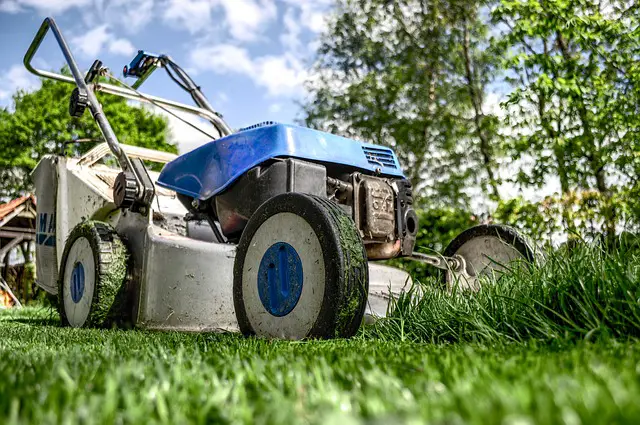
Deal With Garden Weeds
When you deal with weeds, it is important to note that the nutrients in your soil are providing the pesky plants a habitable environment. There are over 70,000 unique soils in the United States, and each soil has a different mineral and organic make-up.
The needs of each weed vary, and you can discern soil conditions by observing which varieties grow in your garden. Acidic soil, for instance, breeds dandelions.
Dolomite lime powder can safely and effectively neutralize acid and reduce dandelion blooms. Clover can be eradicated with a nitrogen-rich fertilizer. There are also commercial citrus-based herbicides that can organically control weeds.
Pests are an unwelcome hassle for many gardeners. At times, an invasive insect species develop a colony and threatens the delicate flowers and plants in the garden. Incorporating new insects that feed on your pests is a fantastic green alternative to harsh chemicals.
Green lacewings and ladybugs are beneficial to the garden environment. Starter colonies of these insects can be found in local nurseries. Insect repellents are easy to make with common household ingredients. Garlic and hot peppers deter pests naturally and organically.
Bee populations are declining in the country, so experts suggest that they are treated as welcome guests to your garden rather than pests. Attract bees by planting at least ten unique flowering species in your garden.
You can turn your unwanted food scraps, weeds, grass clippings, and dead leaves into nutrient-packed compost. This soil supplement will improve plant health without the chemical treatment that commercial fertilizers undergo.
Composting boxes can be easily made from scrap lumber, allowing you to save money on the cost of commercial composters. Compost boxes should be closed. A warm environment is necessary to allow waste materials to decompose into a rich soil-like substance.
Watering Habits
Mind your watering habits. Mulch and compost help soil retain water by slowing evaporation, so your garden will require watering less frequently. Soaker hoses and drip irrigation systems use 50 percent less water than traditional sprinklers.
It is best to water the roots of your plant rather than the leaves because this is from where the plant “drinks.” Constructor purchase a rain barrel to collect clean chlorine-free water to use for all of your plants and flowers. Rain collection systems reduce costs by using a free source of water rather than the tap.
Did you find this article useful? Would you like to get back to it later? Save THIS PIN below to your gardening tips board on Pinterest!
Read also: Water Gardening – An Exciting Way To Beautify Your Yard.


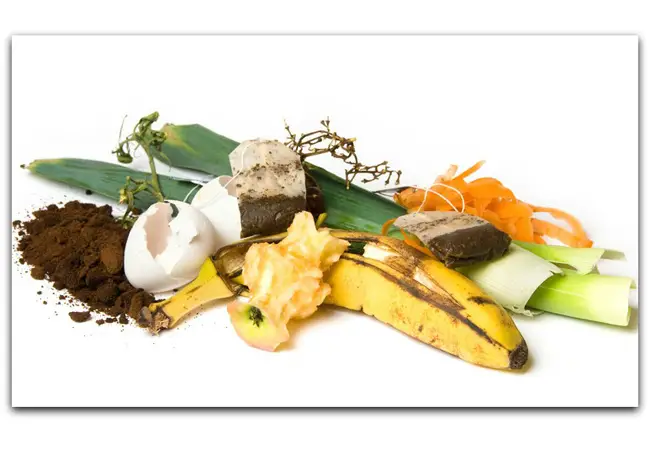
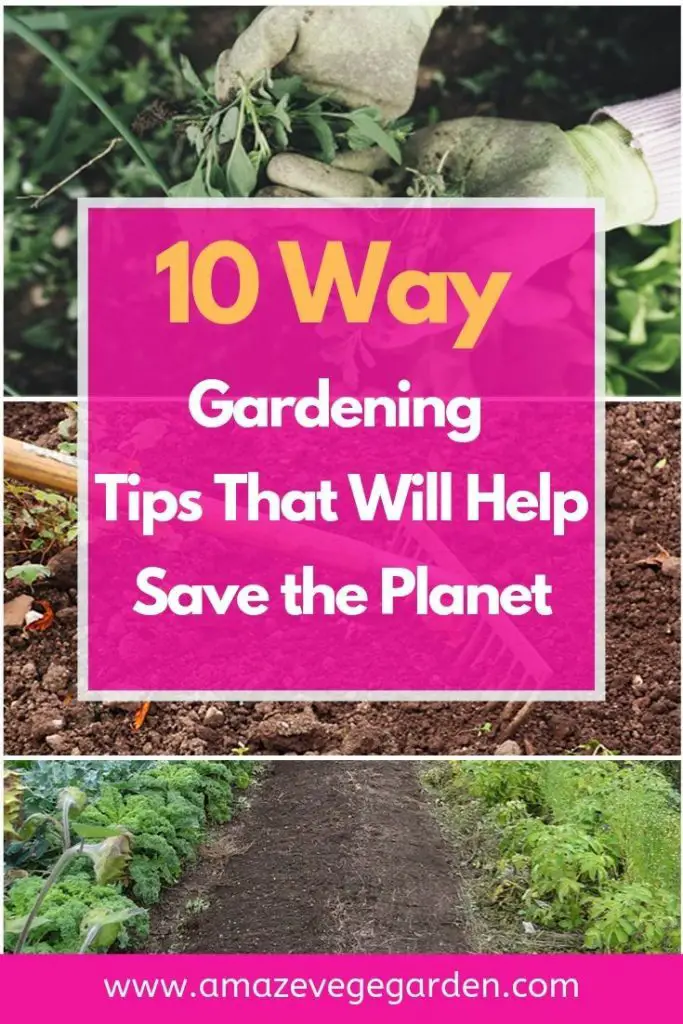
Your garden is the extension of your home. Make it a place you can enjoy with your family and friends.
I really enjoyed reading this post. I just started a landscaping business and it has been great to see so many helpful resources on the internet! This blog was particularly interesting because you broke everything down into small details that are easy for me as an inexperienced entrepreneur to understand.
Thanks for sharing these maintenance insights. It was a very fun and easy read especially for our customers who are always looking for easy gardening tips, it really helps people understand what we do.
Spinach and cucumbers are surprisingly easy to grow. That’s what I recommend to first-time veggie growers!